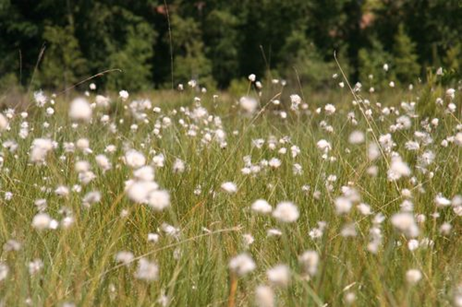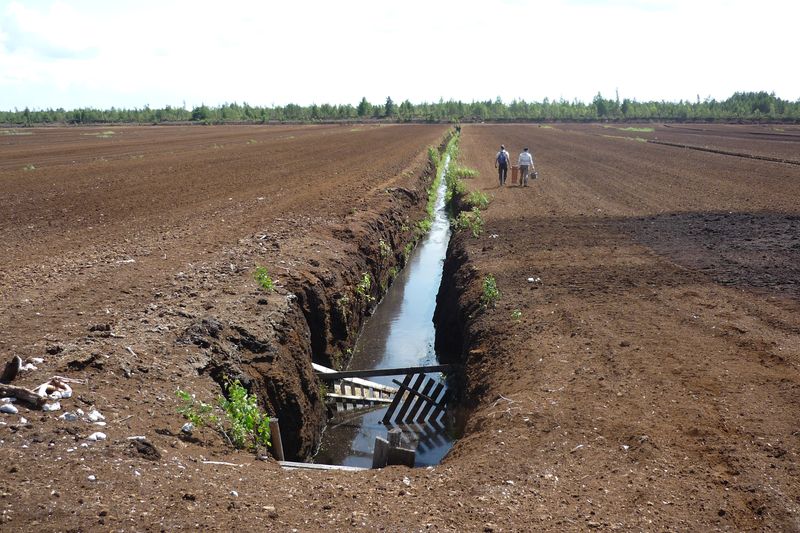|

|
Meeting programme
Tuesday, May
17: Arrival;
welcome in the evening
Wednesday, May
18: Oral
presentations, poster session
evening movie: MAGIC BOGS by Jan
Haft (German title "Magie der Moore")
Thursday, May
19: Field
trip to south of Berlin visiting a large inundated fen,
EU LIFE
site “Töpchiner Seen” and acid mining lakes
Friday, May
20: SWS
European Chapter Meeting; Oral presentations
Saturday, May
21: Departure
Download detailed programme
|
 |
All
the oral presentations will have 10+2 minutes
(presentation+discussion) or alternatively 12 minutes (just
presentation). Only the first presentation of a session has a 'bonus'
of 5 extra minutes. Please note, that we offer the opportunity for a
short oral presentation of posters (2 minutes each) and that three
posters will be selected for a poster prize during our meeting (first
place 150 Euro, second 100 Euro and third 50 Euro). The
allowed poster size is 841 x 1189 cm (A0; 'portrait format'). Speakers
are encouraged to make their oral presentations using power point. Our
Windows 7 computers support all Power Point versions. Please submit the
presentation file (CD or USB)
during registration in the conference venue Hotel Mercure Potsdam (see VENUE).
|
Oral presentations
The oral presentations will be strctured
around the following three key topics:
-
Knowledge transfer (1) - Strategies
on how wetland science can be effectively implemented in practice
- Conservation conflicts (2) - Approaches
to harmonise wetland functions and economic interests
- Management (3) - Wetlands
for mitigation of water pollution, greenhouse gas emissions and loss of
biodiversity
Participants are encouraged to consider structuring their presentations
to address one or more of these topics. A detailed programme can be
downloaded soon. |
 |
Field trips
For all participants a guided field trip will be organised on Thursday,
19th of May. The tour starts at 8:00 am with a first
stop at Polder Stangenhagen for all participants:
First part: Rewetted fen Polder Stangenhagen (all participants)
The Fen Polder Stangenhagen is situated about 20 km south west of
Berlin (52° 12’N, 13°5’E, 36 m
above sea level).
The fen was drained for intensive agriculture use until 1990. As a consequence of a
technical accident involving the pump station, with the help of peat mineralization and shrinkage, a group of three extended
shallow lakes several 100 ha large, the oldest
permanently flooded fen in NE Germany was created. The newly
developed vegetation is, dependent on the hydrological conditions,
dominated by Lemna spp., Ceratophyllum demersum, Phragmites australis,
Typha latifolia, Glyceria maxima, and Carex spp. An extensive wooden
walkway has been built including a bird watching tower allowing a
fantastic view over the newly formed ecosystem which has become a
unique breeding and resting place for a sensational multitude of
water-birds.

After this
stop, the tour will be divided in two separate tours:
Option 1: Visit a managed EU
life project area called “Töpchiner Seen”:
From 2010 to 2015, the NaturSchutzFonds
Brandenburg [Nature Conservation Foundation of Brandenburg] undertook a LIFE Nature project for the maintenance and restoration
of alkaline fens in Brandenburg (North-East Germany). These habitats,
which were more prevalent in Brandenburg a century ago, are
disappearing and can be restored only by complex restoration measures.
The alkaline fen “Töpchiner Seen” is
situated about 50
km south of Berlin. The water level of the
“Töpchiner
Seen” was artificially lowered 200 years ago to create arable
land. In the 1970s drainage was further intensified. In 2010 the EU LIFE
project “Alkaline fens Brandenburg” commenced, the
ditches were still active and shrubs and reed outcompeted the natural
fen meadow vegetation. Therefore a natural water level has been
re-established, the overgrown meadows have been moved and shrubs have
been removed. In open mesotrophic areas species such as Succisa
pratensis, Epipactis palustris, Dactylorhiza incarnata und Helodium
blandowii can still be found. In order to keep the fen meadows open a
grazing management regime using water buffalos has been established.
The fens have the potential to develop into the largest alkaline fen in
Brandenburg.

Option 2: Visit the post
coal mining area at the lake “Schlabendorfer See”:
The guided tour leads you along the new lake
of Schlabendorf and shows
the various outdoor area of the information center. You will find out
how a former mining area developed into this nature paradise. In the
year 2000, after decades of brown coal mining, the Heinz-Sielmann
Foundation (Link) bought more than 3.000 hectares of this landscape to
preserve it for nature. Since establishment, rare species have found
new habitats and refugia within the wide sandy areas of Wanninchen and
the new lakes and wetlands. Cranes and geese come here for their
resting period in autumn, wolves have settled here and you may hear the
typical call of the endangered hoopoe.

|
|
|
|
|
|
rights of images without marking: Rossoll (IGB) / Zak (IGB)
Leibniz-Institute of Freshwater Ecology and
Inland Fisheries,
Müggelseedamm 310, 12587 Berlin, Germany, phone: +49
(0)30 64181 681, fax: +49 (0)30 64181 682
|
|